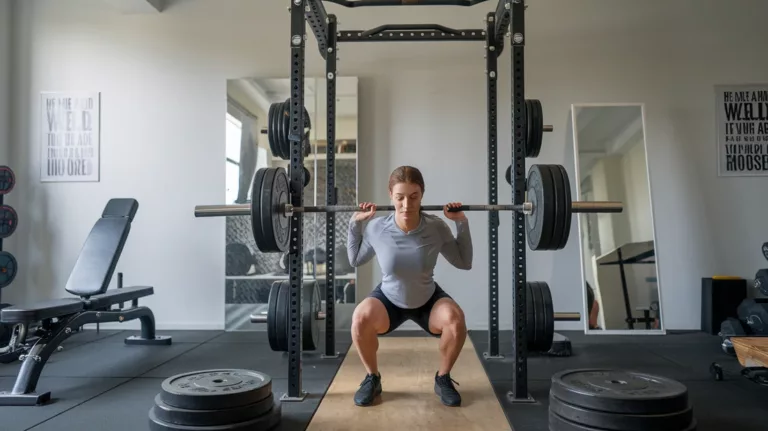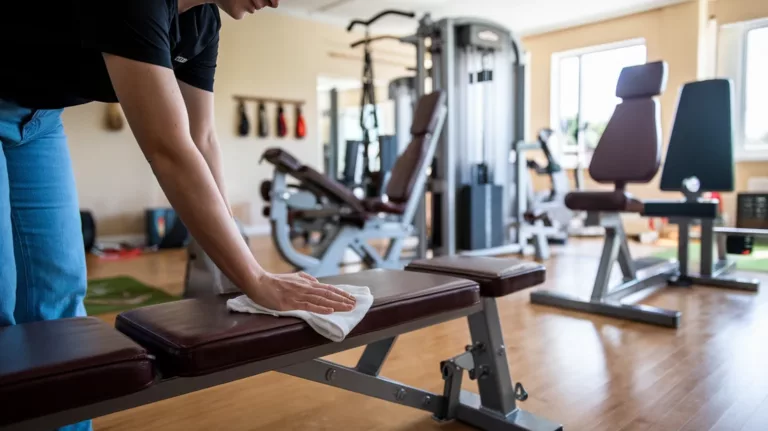Have you ever felt the frustration of conquering a tough weightlifting session at the gym, only to struggle carrying groceries up a flight of stairs?
We’ve all been there.
Traditional strength training programs often focus on isolation exercises and building impressive lifts, but sometimes those gains don’t translate to the real world.

This is where functional strength training comes in.
It’s about building strength that applies to your everyday activities, making you not just look good, but feel powerful and capable in all aspects of your life.
Why You Need Functional Strength Training

Imagine feeling confident tackling yard work, effortlessly lifting boxes at work, or playing with your kids without getting winded.
These are all testaments to the power of functional strength.
Unlike traditional training that isolates muscle groups, functional exercises train your muscles to work together in the same way they’re used for everyday movements.
Here’s why incorporating functional strength training into your routine is a game-changer:
- Effortless Everyday Tasks: From carrying groceries to playing sports, functional strength makes everyday tasks easier and reduces the risk of injury.
- Improved Balance and Coordination: Functional exercises challenge your body to move in multiple planes, leading to better overall stability and coordination.
- Reduced Injury Risk: Stronger muscles and better coordination can significantly decrease the risk of injuries caused by everyday activities.
- Stronger Core: Functional training emphasizes core engagement, which is crucial for good posture, back health, and overall balance.
Addressing Your Pain Points: The Struggle is Real
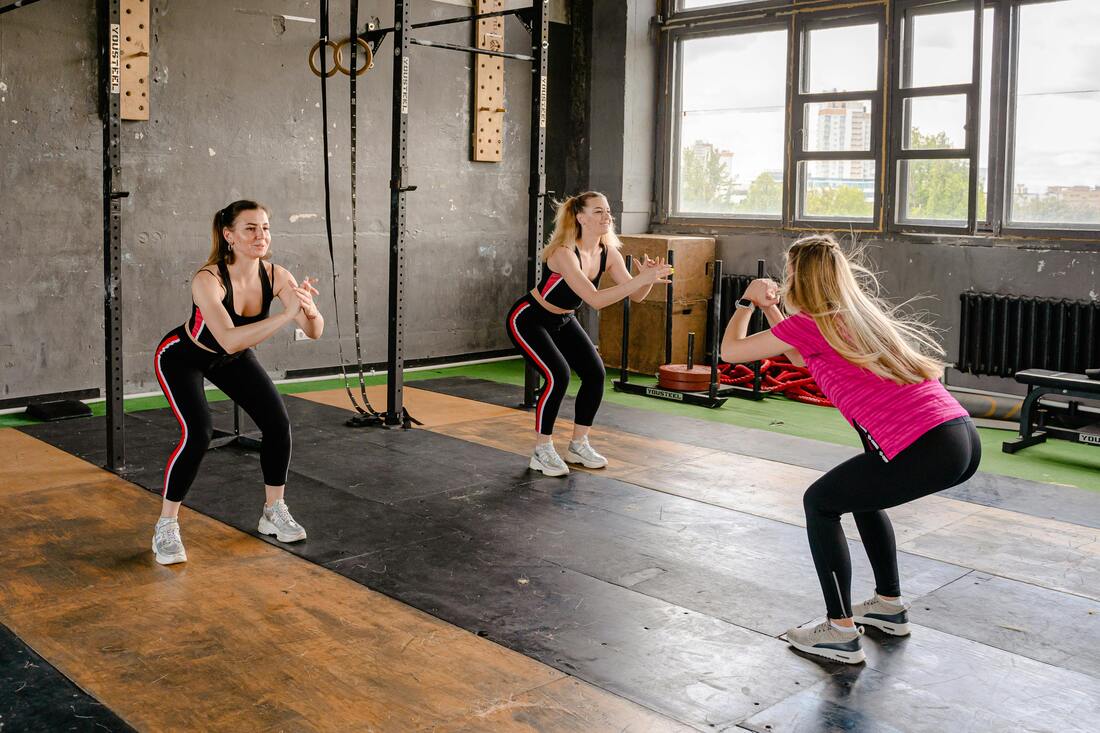
Let’s be honest, traditional strength training can feel disconnected from daily life.
You might spend hours perfecting your bicep curl, but can you use that strength to effortlessly lift your child or that heavy box at work?
Functional strength training bridges this gap, addressing real-world needs and frustrations.
Here are some common pain points functional training helps address:
- Feeling Weak in Daily Activities: Struggling with everyday tasks like carrying groceries or climbing stairs can be disheartening. Functional training builds strength that translates to real-world situations.
- Gym Workouts Not Paying Off: You might be putting in the effort at the gym, but not seeing the results in your daily life. Functional training focuses on exercises that directly translate to improved strength and mobility for everyday activities.
- Injury Prone: Traditional training that emphasizes heavy weights and isolation exercises can increase your risk of injury. Functional training focuses on proper form and bodyweight exercises, reducing the risk of injury.
- Lack of Motivation: Traditional gym routines can feel repetitive and boring. Functional training offers a variety of exercises that mimic real-world movements, keeping your workouts engaging and motivating.
Building Your Functional Strength Arsenal: Exercises for Real-World Results

Now that you’re on board with functional training, let’s explore exercises that will build real-world strength.
Here are some key principles to keep in mind:
- Compound Movements: Focus on exercises that work multiple muscle groups at once, like squats, lunges, deadlifts, push-ups, and rows. These exercises mimic real-life movements and provide a greater overall benefit.
- Unilateral Exercises: Don’t neglect exercises that train each side of your body independently, like lunges, single-arm rows, and single-leg deadlifts. This improves core stability and addresses any imbalances you might have.
- Bodyweight Exercises: Bodyweight exercises are a fantastic way to build functional strength without needing equipment. They’re perfect for home workouts or travel.
- Progressive Overload: As you get stronger, gradually increase the difficulty of your workouts by adding weight, reps, sets, or reducing rest time. This keeps your body challenged and helps you continue to progress.
We’ll delve deeper into specific exercises and sample workouts in the next section.
But for now, remember, consistency is key.
Aim for 2-3 strength training sessions per week, incorporating a variety of functional exercises.
Don’t forget to listen to your body and rest when needed.
Here are some additional tips to optimize your functional strength training journey:
- Warm-up and cool-down: Always dedicate time to a proper warm-up before your workout to prepare your muscles and joints. Similarly, cool down with static stretches to improve flexibility and prevent muscle soreness.
- Focus on form over weight: It’s important to prioritize proper form over lifting the heaviest weight possible. Using good form ensures you target the intended muscles and minimizes the risk of injury.
- Listen to your body: Don’t push yourself to the point of pain. Take rest days when needed, and adjust the intensity of your workouts based on your energy levels.
- Find a workout buddy: Having a friend to train with can boost motivation, provide accountability, and make workouts more enjoyable.
- Consult a professional: If you’re new to exercise or have any concerns, consider consulting a certified personal trainer. They can create a personalized functional strength training program tailored to your needs and goals.
Functional Strength Training: A Lifestyle, Not Just a Workout
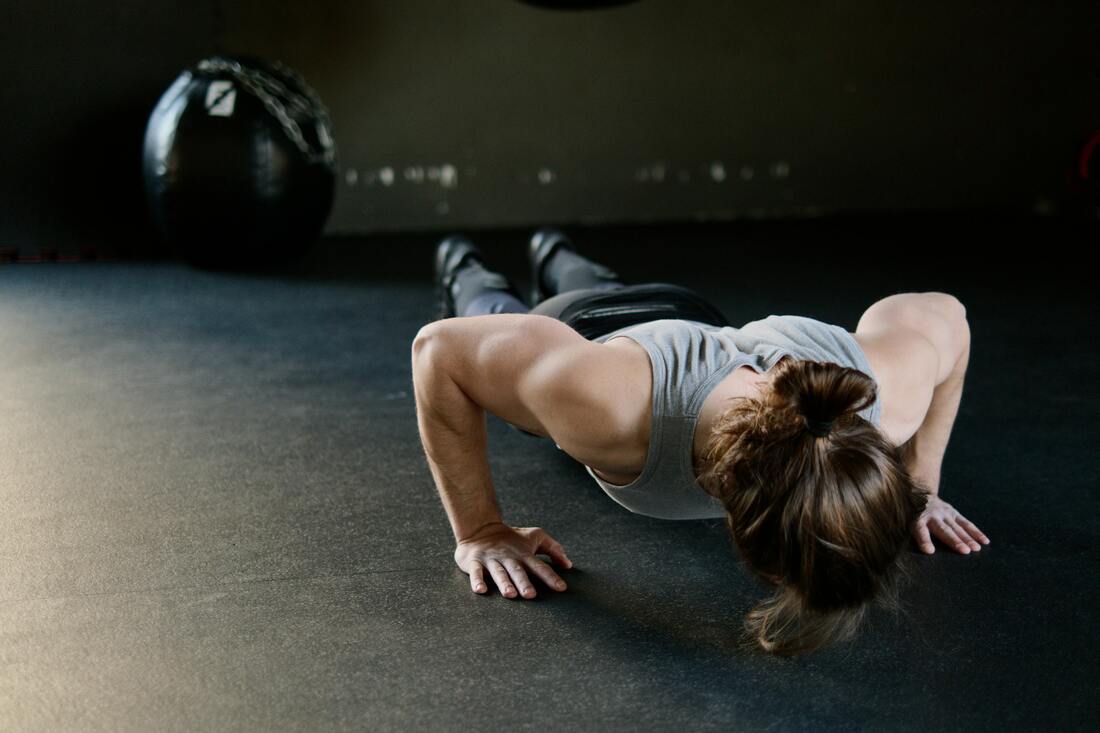
Functional strength training is more than just a set of exercises; it’s a mindset.
It’s about building strength that empowers you to move with confidence and ease in your daily life.
Here’s a table highlighting the benefits of functional strength training.
| Benefit | Description |
|---|---|
| Improved Daily Function | Makes everyday tasks like carrying groceries, climbing stairs, and playing with kids easier and reduces the risk of injury doing them. |
| Better Balance and Coordination | Functional exercises challenge your body to move in multiple planes, improving overall stability and coordination which helps prevent falls. |
| Reduced Injury Risk | Stronger muscles and better coordination can significantly decrease the risk of injuries caused by everyday activities. |
| Stronger Core | Functional training emphasizes core engagement, which is crucial for good posture, back health, and overall balance. This leads to less back pain and better stability. |
| Increased Bone Density | While not the sole focus, some functional exercises can help improve bone density, reducing the risk of osteoporosis. |
| Improved Metabolism | Building muscle can slightly increase your metabolism, helping you burn more calories at rest. |
| Boosted Confidence | Feeling stronger and more capable in daily activities can naturally lead to increased confidence and self-esteem. |
Remember, consistency is key.
By incorporating functional exercises into your routine and prioritizing proper form over heavy weights, you’ll be well on your way to achieving real-world results and feeling your strongest self.
Bonus: Sample Functional Strength Workout
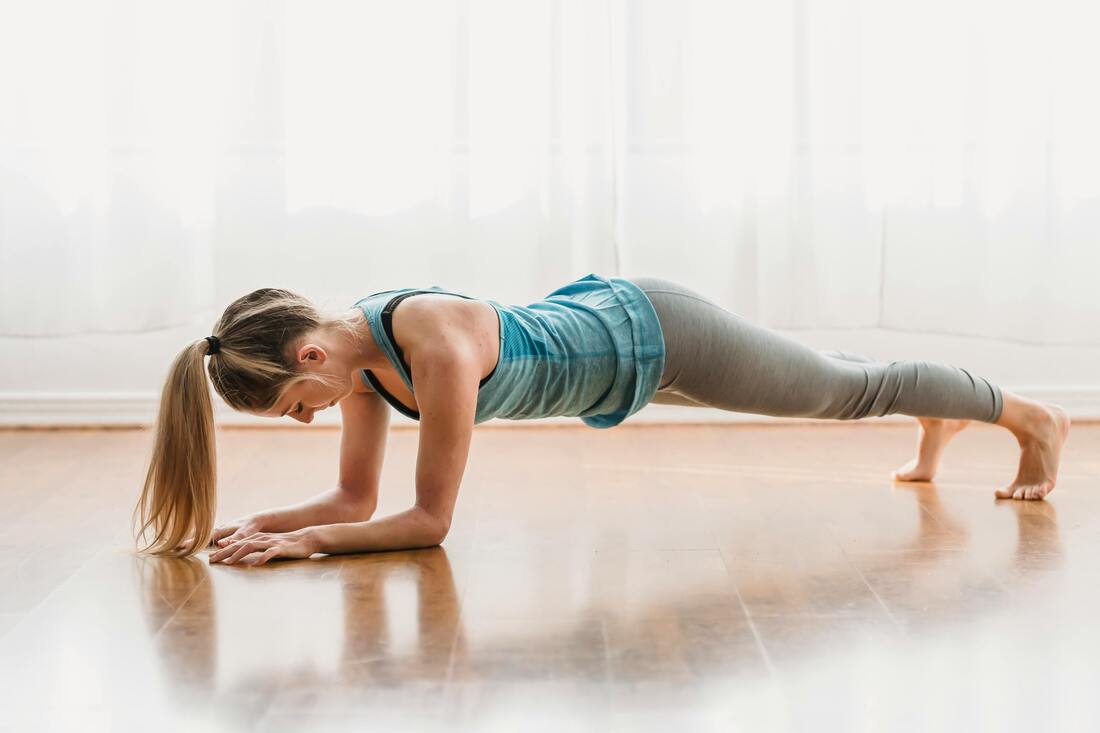
Here’s a sample functional strength workout you can try at home or at the gym.
This workout incorporates compound movements and bodyweight exercises, making it accessible and effective.
Warm-up (5-10 minutes):
- Light cardio (jumping jacks, jumping rope, jogging in place)
- Dynamic stretches (arm circles, leg swings, torso twists)
Workout (3 sets of 10-12 repetitions per exercise, with 30-60 seconds rest between sets):
- Squats
- Lunges (alternating legs)
- Push-ups (modify on knees if needed)
- Rows (using dumbbells, resistance bands, or bodyweight)
- Plank
- Overhead press (using dumbbells, weights, or bodyweight)
- Farmer’s walk (with dumbbells or weights)

Cool-down (5-10 minutes):
- Static stretches (hold each stretch for 30 seconds)
- Deep breathing exercises
Remember, this is just a sample.
You can adjust the exercises, sets, reps, and rest time based on your fitness level and goals.
The key is to focus on functional movements and proper form.
By incorporating functional strength training into your life, you’ll be well on your way to becoming stronger, more capable, and ready to tackle anything your day throws your way.
So lace up your shoes, grab some weights (or not!), and get moving!

